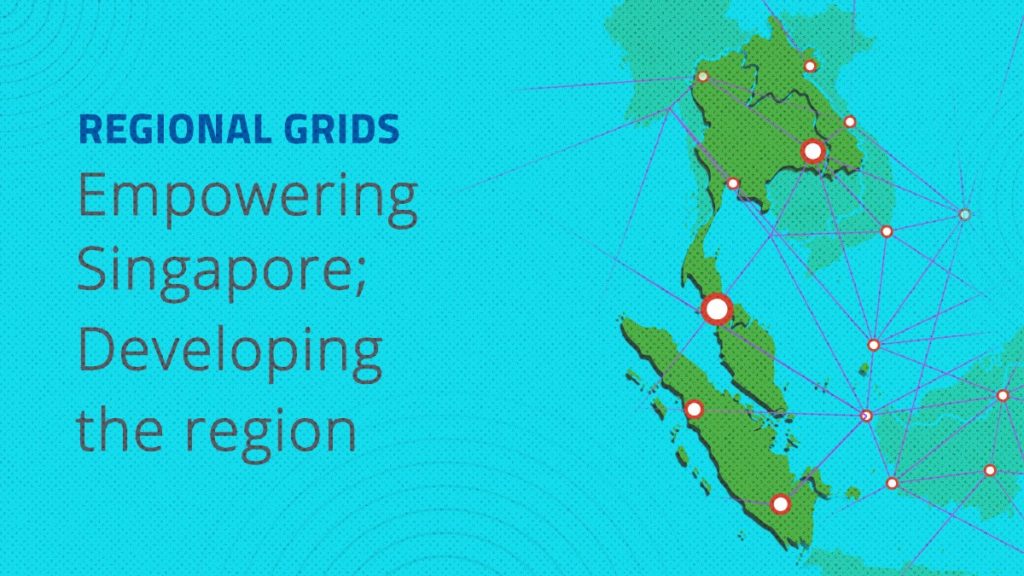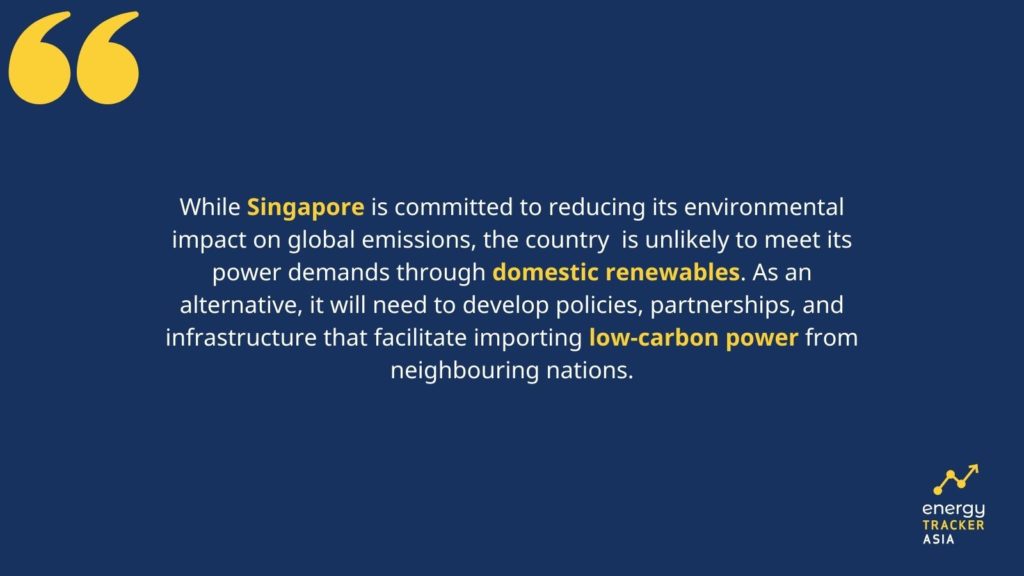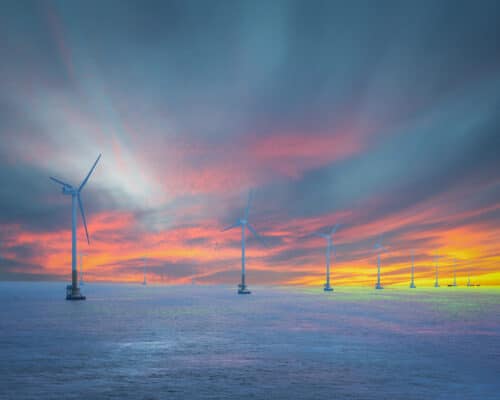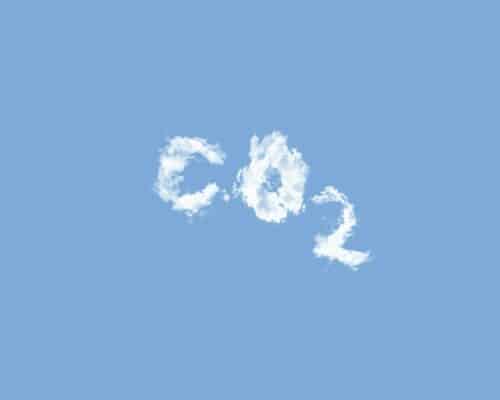Is There a Future For Wind Turbines in Singapore?
Source: IMO.org
26 August 2022 – by Eric Koons
As nations across Southeast Asia seek to decarbonise their economies, major governments are dealing with renewable energy dilemmas, like wind turbines in Singapore. Singapore is just one of the nations struggling with the lack of wind energy and geothermal energy opportunities.
Singapore’s high energy demands require a strong base load for energy production. As such, fossil fuels have always been a go-to choice, but as the country moves towards enacting its net-zero agenda, it is exploring its options to implement renewable energy. However, as it is a country with limited land, its options are also limited.
Is There a Wind Turbine in Singapore?
The country aims to reduce its carbon emissions to meet its goal of net-zero by mid-century. However, Singapore’s location is not ideal for capitalising on many common renewable energy sources such as wind. Geothermal, hydro and nuclear energy are low-carbon options that are currently not viable in Singapore due to the lack of available land, resources and infrastructure.

This leaves solar and wind energy in Singapore as the alternative options. Singapore has some commercial wind turbines but cannot produce energy continuously and add to the system due to the country’s low wind speeds. Low average wind speeds make wind turbine inefficient. Additionally, the country is struggling to further explore offshore wind due to its busy shipping lanes and limited size.
This leaves solar as the primary renewable energy option.
Planning For Its Low Carbon Future – Reducing Reliance on Oil and Natural Gas
Singapore’s approach to alternative energy is good, and it has committed to reducing its environmental impact on global emissions. Unfortunately, it is looking increasingly likely that the country will be unable to meet its electricity demands through domestic renewables. Wind turbines in Singapore continue to look disappointing. As an alternative, it will need to develop policies, partnerships and infrastructure that facilitate importing low-carbon power from neighbouring nations.

The Singaporean government is developing multiple scenarios for its decarbonisation efforts. Audrey Tan and Ang Qing outline this sentiment below:
“In the most optimistic scenario, energy and digital technologies develop rapidly and are complemented by strong global cooperation. This enables Singapore to achieve a diverse energy supply mix in 2050, with the ability to import energy from multiple countries and use low-carbon hydrogen as a key energy source.”
Singapore’s Renewable Energy Plan – Best Source
Current policies do not discriminate between energy sources, and the country still heavily relies on LNG (95%) for power generation. Solar is the most efficient renewable energy option for Singapore. With a high average annual irradiation of about 1,580 kWh/m2, it provides the best opportunity for the country’s domestic market. Experts estimate that Singapore has about 2 GW of capacity, and 443.6 MW of capacity was developed near the start of 2021.
However, Singapore’s size limits its total installation capacity. This has further spurred research and development in technology capable of increasing the efficiency of current renewables and unlocking other energy resources. One viable option currently being implemented is floating solar farms.

Singapore’s national climate change secretariat explains that the country is exploring various renewable options for energy. This includes “regional power grids, and emerging low-carbon alternatives such as low-carbon hydrogen and carbon capture, utilisation and storage.”
Solar alone cannot account for Singapore’s energy needs and economic services and products, and alternatives like wind turbines are not promising. The country will need to import renewable energy from overseas or invest in carbon offsets to counteract its current energy production. As it stands, natural gas will play a significant role in Singapore’s energy future, but it’s not good for the system or the environment. Fossil fuel produces fewer emissions than its counterparts and can easily meet energy demands.
However, Singapore will need to quickly move away from fossil fuels to meet its energy demands and net-zero targets.
Building a Low-carbon Future – Generating Electricity through Solar and Wind Energy
Singapore’s shift to a low-carbon future will be of interest to countries with limited renewable resources as an economic superpower within the region with strong international ties.
While solar energy could provide some replacement for fossil fuels, the capacity needed to meet electricity demand exceeds the land available. This leaves the island state vulnerable to external factors should it need to import energy. The country’s size also plays a role in why it has invested heavily in natural gas and renewable energy research. It helps bridge the gap between the use of more polluting fossil fuels. At the same time, it buys time for developing technological solutions and quality management systems that enable it to swap to renewable energy more efficiently.
Until then, Singapore remains a model of bet-hedging, working towards finding tomorrow’s energy solutions without abandoning today’s imperfect answers.

by Eric Koons
Eric is a passionate environmental advocate that believes renewable energy is a key piece in meeting the world’s growing energy demands. He received an environmental science degree from the University of California and has worked to promote environmentally and socially sustainable practices since. Eric’s expertise extends across the environmental field, yet he maintains a strong focus on renewable energy. His work has been featured by leading environmental organizations, such as World Resources Institute and Hitachi ABB Power Grids.
Read more



